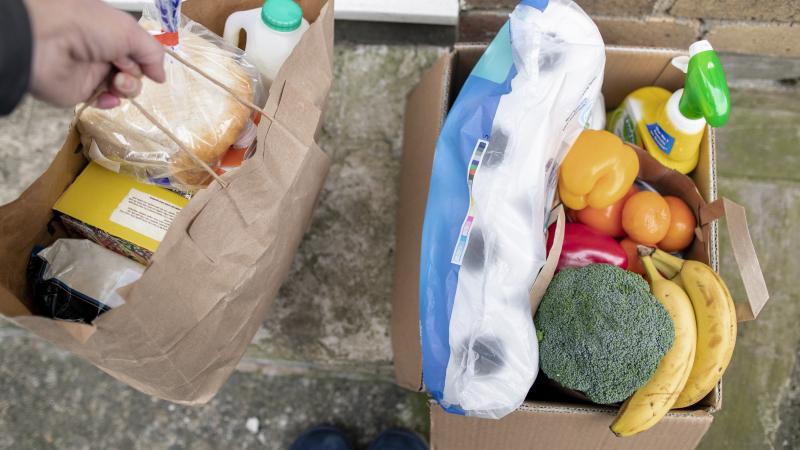Results to be discussed in depth over three upcoming webinars
July 1, 2020

TROY, N.Y. — The COVID-19 pandemic has significantly altered how people shop, how much they buy, the trips they take outside their homes, and the number of tele-activities — like work, medicine, and education — that have become commonplace. These changes were rapid and have tremendously impacted the economy, supply chains, and the environment.
Two sets of surveys were conducted by researchers at Rensselaer Polytechnic Institute in an effort to quantify and understand these unprecedented shifts — and evaluate the likelihood they may last after the pandemic has ended. One survey was collected from respondents in more than 20 countries, and the other was collected within the U.S.
“This is the first international study of disaster-related purchasing behaviors in the world,” said José Holguín-Veras, the director of the Center for Infrastructure, Transportation, and the Environment at Rensselaer. “Extreme events have major impacts on people and local economies and pose tremendous challenges to disaster response efforts. Despite its importance, response operations during and in the aftermath of extreme events are not well understood.”
Beginning on July 8, Holguín-Veras and Cara Wang, an associate professor of civil and environmental engineering at Rensselaer, will present their research and recommendations to fellow researchers, policymakers, and journalists in a series of three webinars.
On July 8 at 11 a.m., the team will discuss the impacts of COVID-19 on purchasing behaviors, specifically precautionary and opportunistic buying. Researchers will explain how large this problem is, identify driving factors, and present actions that can be taken to mitigate the negative effects of depleting critical supplies.
On July 15 at 11 a.m., researchers will explain what they’ve learned about how the pandemic has affected in-person trips and tele-activities such as travel, shopping, education, and work, as well as projections for how these changes may remain after the pandemic is over.
On July 22 at 11 a.m., researchers will share what their surveys have uncovered about people’s shopping trips and e-commerce home deliveries. Changes in consumer demand, in these areas during the pandemic, have had significant implications for passenger and freight transportation systems. Holguín-Veras and Wang will also discuss social equity issues their survey data revealed.
“These emergency measures boosted tele-activities, which are now performed at a level unforeseen by even the most optimistic forecasters months ago,” Wang said. “People work remotely from home, attend online school from home, and engage in leisure activities that are also confined to their homes. Meanwhile, shopping patterns have been transformed, and an entirely new ecosystem of freight and service providers is emerging.”
These sustained and significant changes are sure to transform some behaviors following the pandemic, but to what extent is not clear. The researchers explored the possibilities, asking respondents what they envision their behaviors may look like in the future.
The survey revealed that mandatory trips, like those to work and school, could decrease by about 5% post-pandemic, although a majority of respondents believe their employer may continue to allow tele-work beyond the pandemic.
E-commerce has also seen a significant uptick, particularly when it comes to groceries. The survey found that 13% of respondents purchased groceries online for the first time during the pandemic. The survey suggests that reliance on e-commerce may remain. Researchers found a 21% expected increase in grocery delivery frequency per person surveyed.
While respondents did indicate that their recent increase in home deliveries will continue in the future, there are some pre-pandemic activities they’d like to get back to. For instance, those who answered the survey reported that they expect their retail shopping trips will not only return to normal, but will even increase by nearly 6%.
“People’s post-pandemic behavior is influenced by both pre-pandemic nostalgia and the new behavior formed during the crisis,” Holguín-Veras said.
Reporters who are interested in attending the webinars are asked to contact newsmedia@rpi.edu.